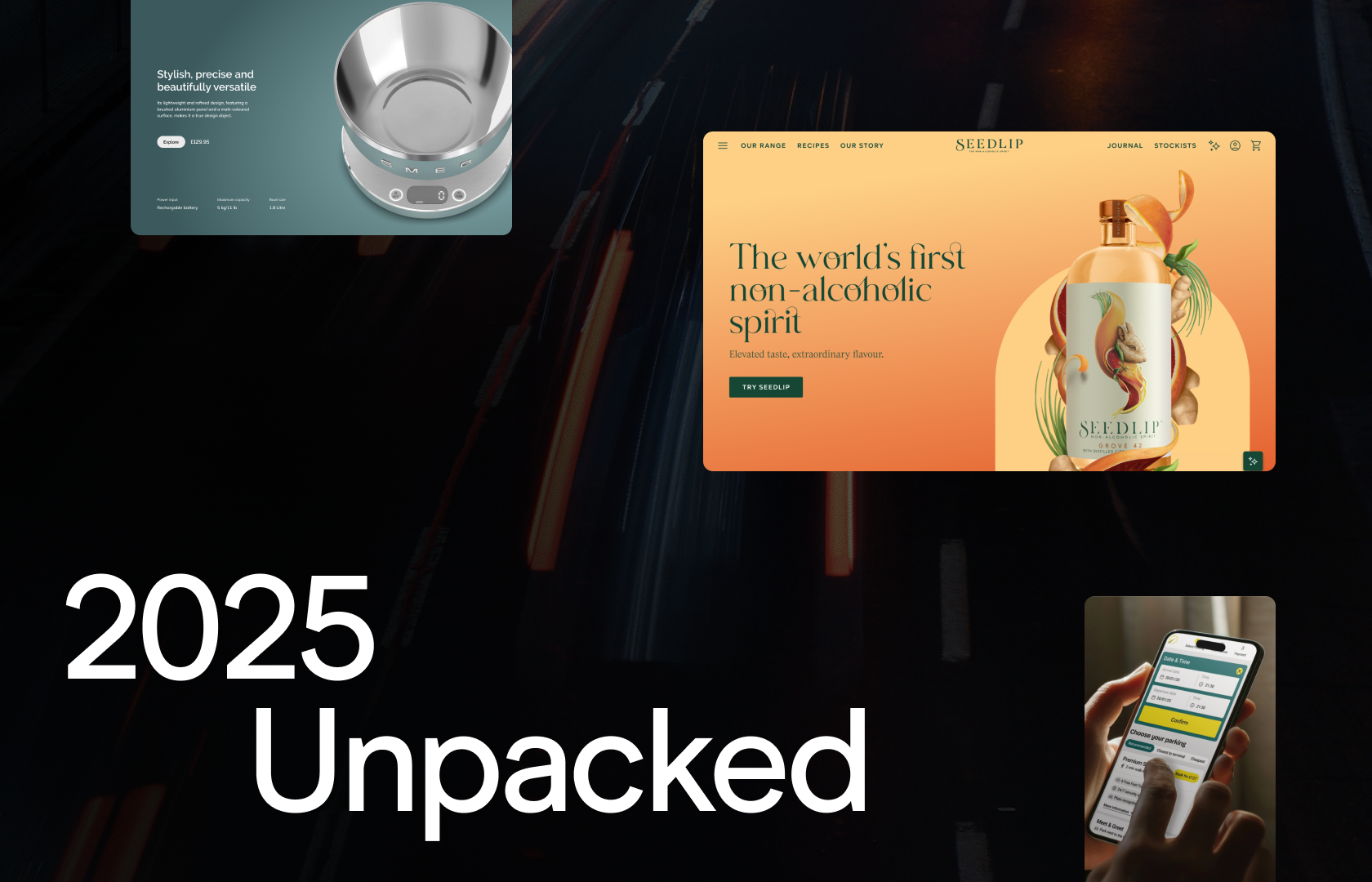As the demands on in-house and external development resource rise in line with software development costs, low-code and no-code development has been heralded as the saviour, accelerating time to market for applications and distributing responsibility for application development across organisations to non-technical users.
Gartner, Forrester, IDC and more have been quick to highlight the growth of this approach to development across the next few years but will these approaches be a key trend for 2022?
The power of no-code and low-code
According to Gartner, by 2024, 75% of large enterprises will be using at least four low-code development tools for both internal and external application development. It’s not hard to see why. The need to accelerate digital transformation is driving organisations to seek out ways to get applications out to “market” quickly and efficiently while faced with constant pressure on precious IT resource.
Alongside the demands of digital transformation, organisations are wrestling with technical debt because of aging legacy systems, expensive upgrades, “Shadow IT” applications and more. Another report by Gartner has highlighted that technical debt will continue to compound on top of existing technical debt, consuming more than 40% of current IT budgets.
While no-code and low-code approaches can help to combat this technical debt and support accelerated digital transformation, they alone are not the solution. I believe that these approaches must be underpinned by a move towards composable architectures and key changes within organisation culture.
Getting the foundations right
No-code and low-code development are focused on delivering applications quickly and iterating. However, without boundaries and governance, they can quickly contribute to your technical debt problem, creating inconsistencies in brand, experience and data, a problem that becomes more noticeable to your end users who engage with you across channels.
We need to provide developers and non-technical users with the data, services and components they need to produce these applications quickly but maintaining that connection to the wider digital vision and experience.
Yes, you can work with monolithic architectures but there’s tactical workarounds to consider and you start to lose some of the agility that comes with it.
Composable architectures are the future – the idea of breaking apart your digital ecosystem into building blocks that can work together seamlessly and be evolved and replaced without wide-scale refactoring or redevelopment. The concept stretches beyond the world of composable DXP and down into the roots of the digital ecosystem.
By doing this, we’re building agility throughout the technical stack, empowering both traditional software development and parallel no-code and low-code programs.
My expectation is that organisations are going to invest in these composable architectures. Whole-sale replacement of monolithic systems is unlikely, and we’ll see iterative transformation programmes, focused on key areas of value (effectively vertical slices of functionality) to accelerate delivery of applications.
Getting the culture right
A key attraction of low-code and no-code development is the reduction of reliance on development and IT resource. Staff from non-technical backgrounds can become “citizen developers”, spinning up applications rapidly with little or zero coding. In an age where digital is fast becoming a key component of your competitive advantage, the allure of such an approach is undeniable.
However, while the non-technical users are rejoicing, developers and IT are often struck by the icy cold fingers of dread. The fear of rising technical debt, security weaknesses and escalating maintenance costs can often lead to a stalemate.
It’s clear that something needs to change. We’re already seeing increased collaboration between technical and non-technical departments, but I believe we’ll see a continued evolution of this dynamic as both sides formulate more efficient working models. There’s already examples of businesses that have made this work – from Mazda and Suez to Zurich Insurance, BT and beyond.
While the technical departments invest into composable architectures that will make data, functions and services available, we’ll see increased adoption of flexible security and governance models (retaining the necessary security without impeding the freedom or creativity of “citizen developers”), collaboration between technical and non-technical on software evaluation and procurement, the implementation of low-code / no-code development processes and best practices, the initiation of upskilling programs and the establishment of Centres of Excellence.
A few parting words
Low-code and no-code adoption will continue to grow, of that we can be certain. But their continued adoption across 2022 will be as part of larger organisational changes – both in technology and culture.
What it won’t mean is the death of traditional software development. There’s still a place for this in DXP and complex application development. Instead, these approaches will augment the capabilities of organisations to deliver value to customers rapidly for the benefit of all.


